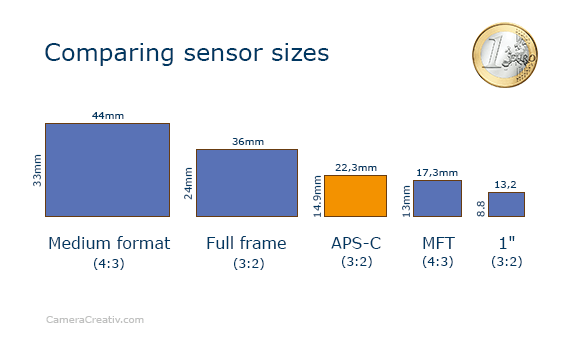Here you can find digital cameras comparison. Pick up with the best rating.
Cameras which are being compared are Mirrorless cameras.

Learn more about compared cameras specifications below. |
|
|
Fujifilm X-T3 vs Sony NEX 3N Specs |
|
|
X-T3
All specs: Main page for X-T3 |
NEX 3N
All specs: Main page for NEX 3N |
|
X-T3 vs NEX 3N Sensors |
|
|
On the pictures below the sensor areas of cameras are highlighted. This infographic highlights the sensor areas of both models compared to other common sensor formats:
|
|
Fujifilm X-T3 VS Sony NEX 3N Other Specs Comparison |
|
Why is Fujifilm X-T3 a better choice |
||
|
X-T3 |
NEX 3N |
|
| Sensor cleaning (3) | ||
| Wider resolution (5, megapixel) | 26.10 | 16.10 |
| Higher speed (4, frames/second) | 20 | 3 |
| Auto Focus points (4) | 425 | 25 |
| Better monitor (2, Megapixel) | 1.04 | 0.46 |
| Touch screen (2) | ||
| Better Video (2) | 3840 x 2160 | 1920 x 1080 |
| External microphone (2) | ||
| WiFi (2) | ||
| USB 3.0 (2) | ||
| Environmental sealing (2) | ||
|
Conclusion: Advantages of the X-T3 are built-in automatic sensor cleaning, the higher resolution and that the camera is faster. Additional pros for the Fujifilm are the faster and more accurate auto focus, that the display has a higher resolution and the rather comfortable touch screen. A recommendation of the X-T3 is made easy by the superior video recording, the connector for an external microphone and the built-in wifi that permits remote shooting and image transfer without the need for a cable connection. Finally, there’s the the support for USB 3.0. HArdly a luxury, given today’s image size and the requirements of 4K video. The X-T3 scores 28 points. |
||
|
Otherwise why to choose Sony NEX 3N |
||
|
X-T3 |
NEX 3N |
|
| Better sensibility (4) | 160 – 12800 ISO | 200 – 16000 ISO |
| Larger lens selection (3) | 25 | 50 |
| Built-in flash (2) | ||
| Longer battery life (3, photos) | 390 | 400 |
| Weighs less (2) | 539g (17.4 oz.) |
210g (6.8 oz.) |
| More portable (2) | 723cm³ (46 cu.in.) |
243cm³ (15 cu.in.) |
|
Conclusion: Advantages of the NEX 3N are the larger sensitivity, the larger selection of lenses and the built-in flash. A nice touch is that the battery has more stamina, the lower weight than the X-T3 and the more compact size. Yields 16 points for the NEX 3N. |
||
|
Common Specs for both cameras compared |
||
|
X-T3 |
NEX 3N |
|
| Sensor format | APS-C | APS-C |
| Articulated screen | ||
| Fujifilm X-T3 VS Sony NEX 3N Dimensions |
|
Look at front view of the X-T3 and NEX 3N |
|
Top view of cameras |
|
|
Total scores Here’s the total score according to comparison above: |
|
|
Fujifilm X-T3 |
Sony NEX 3N |
|
28
|
16
|
|
We recommend Fujifilm X-T3 as better choice. |
|


